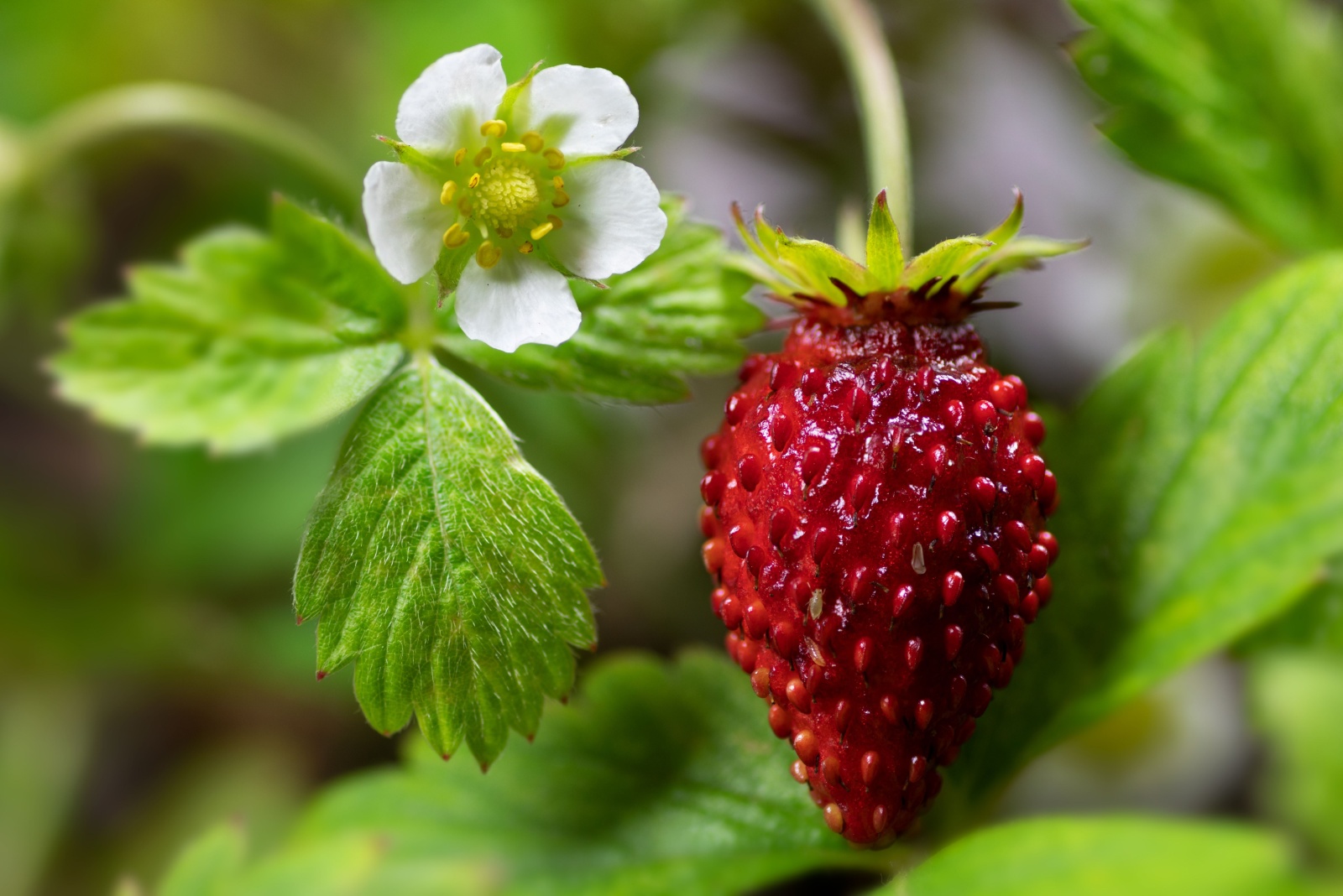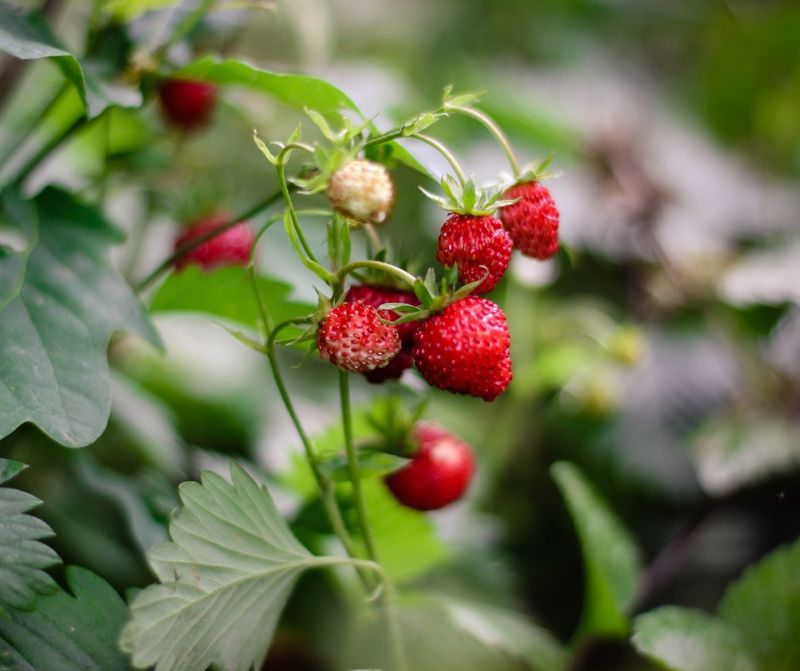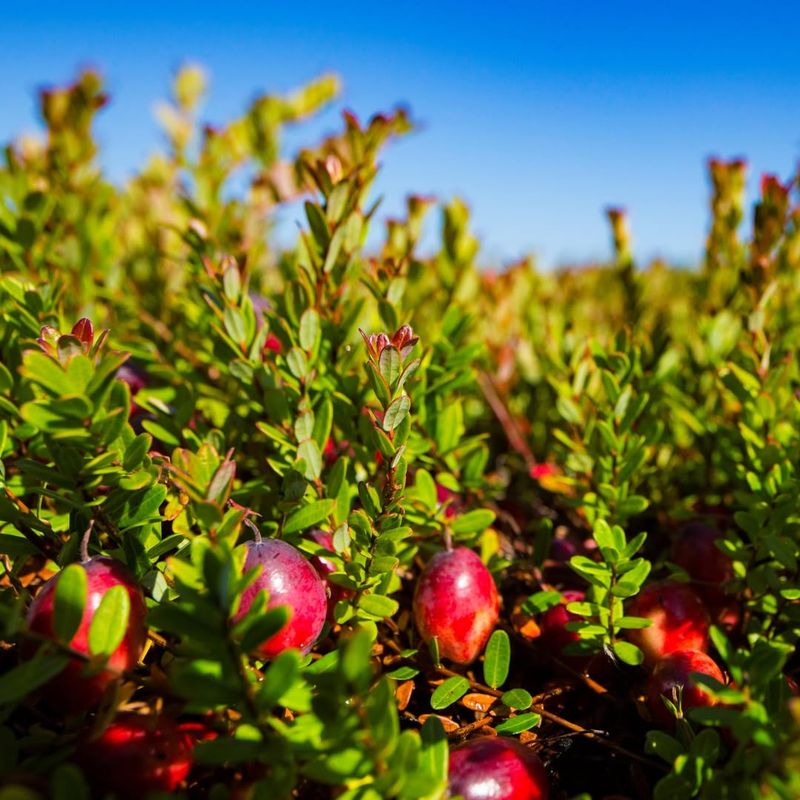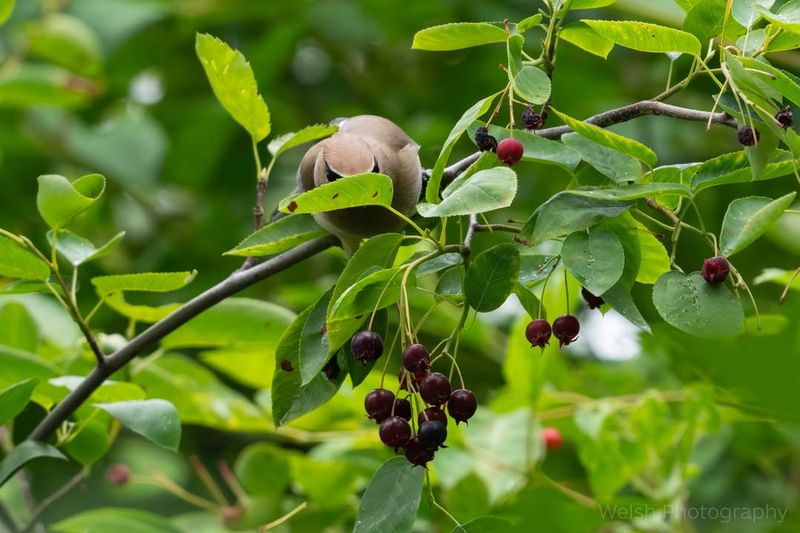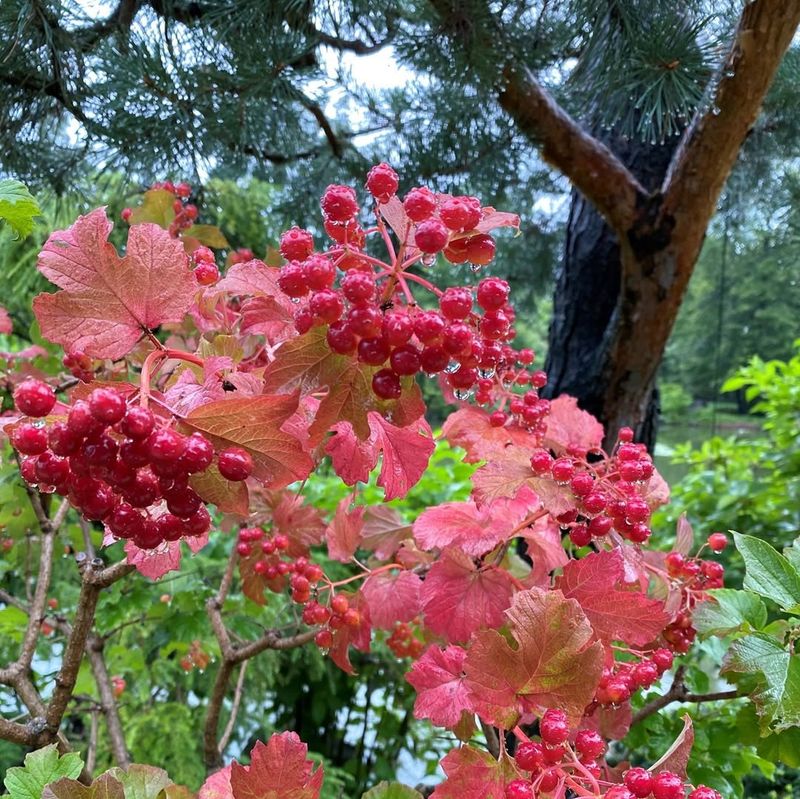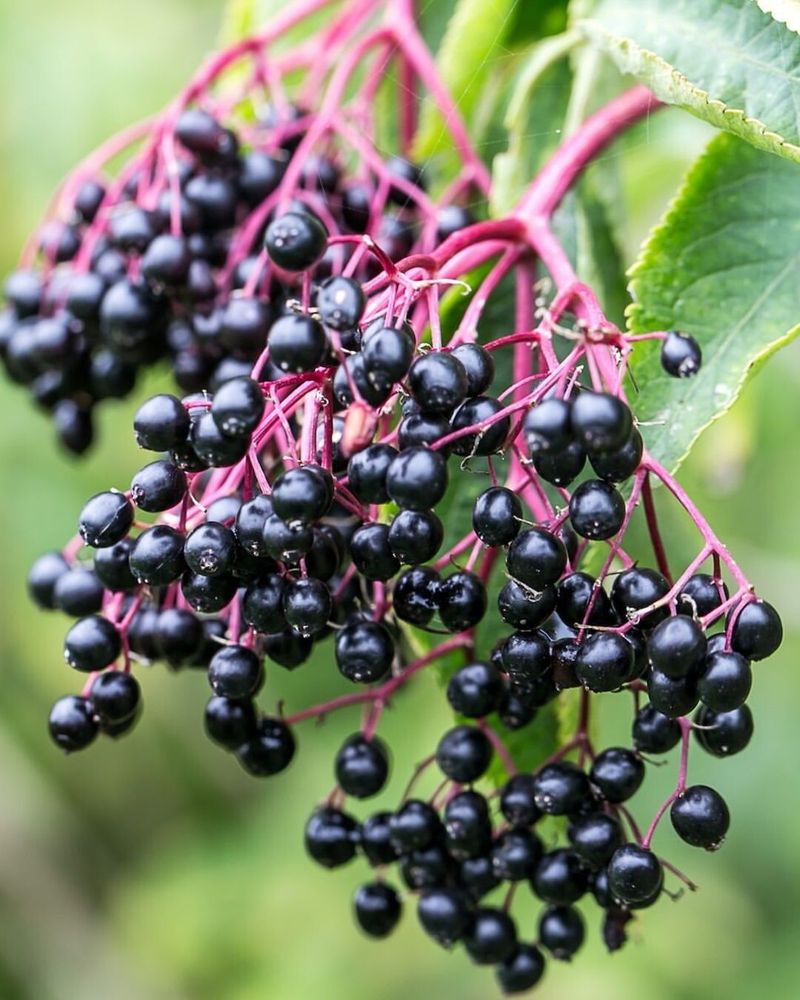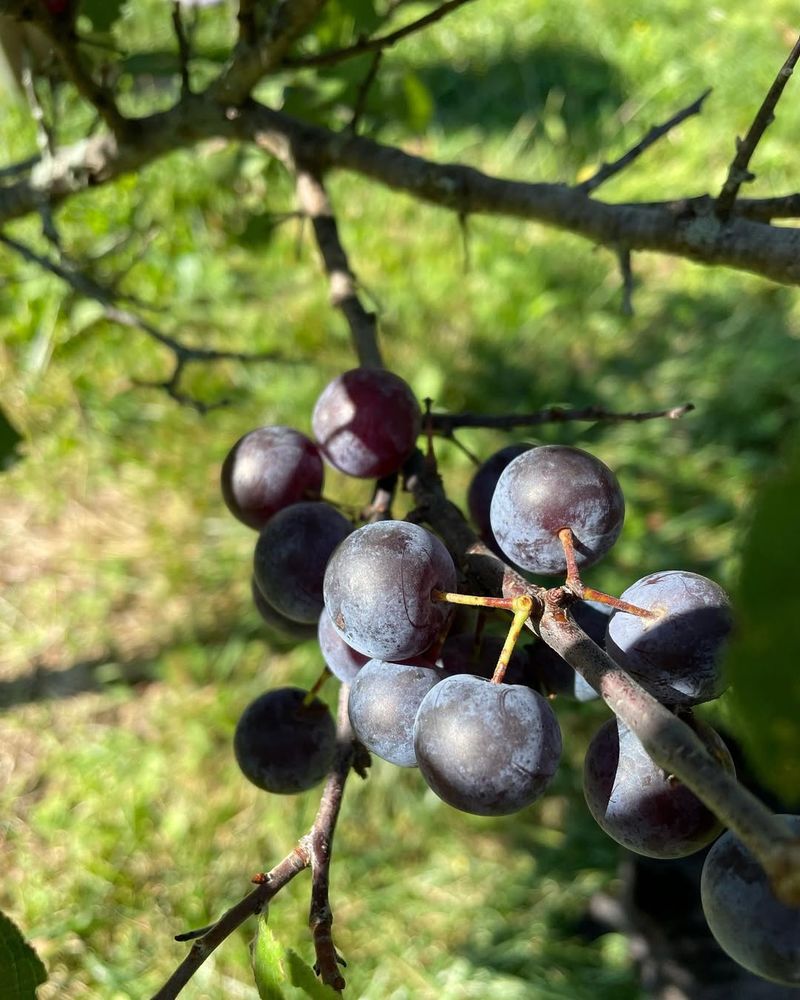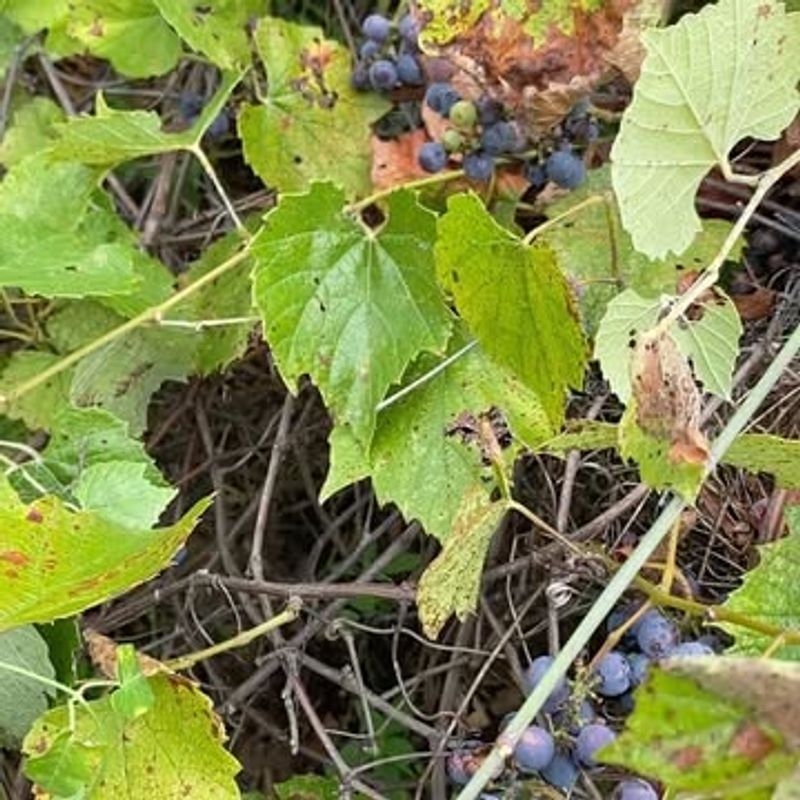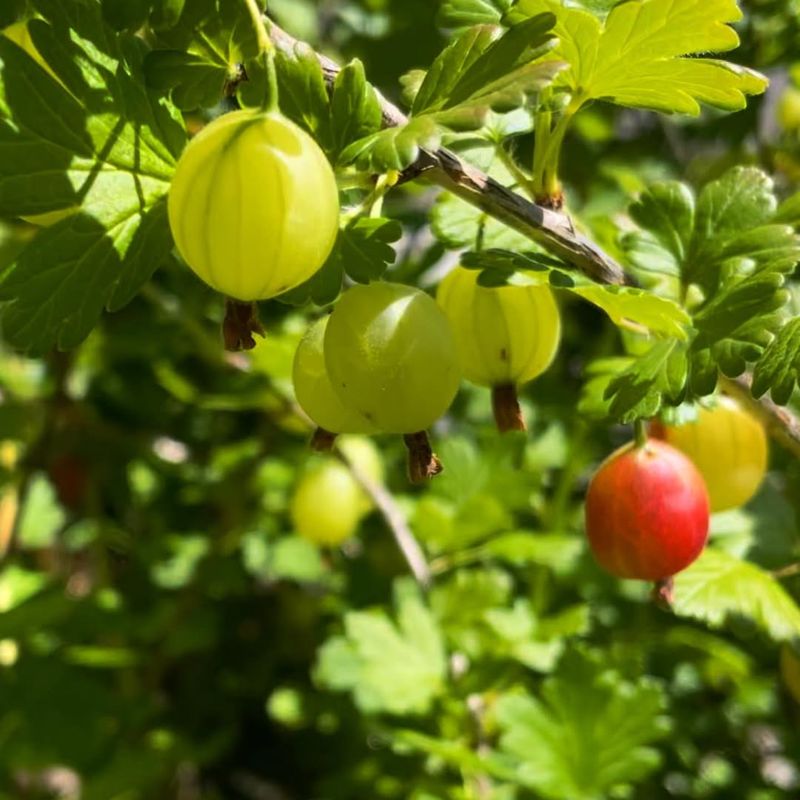October might seem like an odd time to think about planting fruit seeds in Maine, but some hardy varieties actually thrive when started in the fall. Cold stratification, a natural process where seeds are exposed to winter temperatures, helps certain fruits germinate better come spring.
With a little planning and the right choices, your October planting efforts can lead to a bountiful harvest in future seasons.
1. Alpine Strawberries
Tiny but mighty, alpine strawberries pack incredible flavor into each bite-sized fruit. Unlike their larger cousins, these European natives actually prefer cooler temperatures and can handle Maine’s unpredictable weather patterns beautifully.
Sowing seeds in October gives them the cold treatment they need to sprout vigorously. By next summer, you’ll enjoy sweet berries that taste like a cross between regular strawberries and wild woodland varieties.
They grow well in partial shade and make excellent ground cover too.
2. American Cranberries
Native to New England’s wetlands, cranberries feel right at home in Maine’s acidic soils. Fall planting mimics their natural growing cycle, allowing seeds to experience winter dormancy before awakening in spring.
Creating a boggy area in your yard isn’t as hard as it sounds—just ensure consistent moisture and acidic conditions. While cranberries take patience, watching those glossy red berries develop makes the wait worthwhile.
Commercial growers flood their fields, but home gardeners can succeed with regular watering.
3. Serviceberries
Sometimes called Juneberries, serviceberries produce sweet fruits that birds and people both adore. October sowing allows seeds to break dormancy naturally through winter’s freeze-thaw cycles, resulting in stronger seedlings.
Your patience pays off when bushes mature into beautiful landscape plants with spring flowers, summer fruit, and stunning fall colors. The berries taste similar to blueberries with a hint of almond.
Wildlife love them, so consider planting extras for sharing with feathered friends.
4. Highbush Cranberries
Despite their name, these aren’t true cranberries but rather a type of viburnum with tart, ruby-red fruits. Fall seeding works perfectly because cold stratification breaks down the seed coat naturally over winter months.
The resulting shrubs tolerate Maine’s harsh conditions and provide year-round interest with white spring blooms and brilliant autumn leaves. Their berries make excellent jellies and sauces once cooked.
Just remember they need space—mature plants can reach ten feet tall and wide.
5. Elderberries
Folk medicine has celebrated elderberries for centuries, and modern science backs up many traditional uses. Planting seeds now means they’ll undergo natural cold stratification, dramatically improving germination rates when temperatures warm up.
Fast-growing elderberry bushes can produce fruit within two to three years, giving you ingredients for syrups, jams, and immune-boosting remedies. They prefer moist soil and full sun.
Always cook elderberries before eating, as raw berries can cause stomach upset in some people.
6. Beach Plums
Coastal Maine’s native beach plums thrive in sandy, salty conditions where other fruits struggle. October planting mimics how these hardy shrubs spread naturally along shorelines, with seeds weathering winter before sprouting.
The small, tart plums make legendary jelly that coastal communities have treasured for generations. Plants grow low and sprawling, creating natural windbreaks.
Even if you’re inland, beach plums adapt well to regular garden soil as long as drainage stays good.
7. Wild Grapes
Maine’s woods hide tangled wild grapevines that produce intensely flavored fruit each fall. Collecting and planting seeds now takes advantage of natural stratification, helping tough seed coats soften through winter.
Cultivated varieties descended from these wild ancestors offer better yields and larger grapes while maintaining cold hardiness. Give vines sturdy support structures—they’re vigorous climbers.
Fresh wild grapes taste quite tart, but they transform beautifully into juice, jelly, and wine with proper processing.
8. Gooseberries
Gooseberries are a hidden gem for October planting in Maine. These resilient berries thrive in the cooler temperatures, making them ideal for late-season sowing. With their tart flavor, they are perfect for jams and pies, adding a tangy twist to your recipes.
The bushes are hardy, requiring little maintenance once established. Their ability to withstand frost makes them a reliable choice for New England’s unpredictable weather. Gooseberries also attract beneficial insects, promoting a healthy garden ecosystem.
Did you know? Gooseberries were once banned in several states due to their role in spreading white pine blister rust. Now, they’re making a comeback in gardens across the country.

